Hurricane Florence is a MAJOR FLOOD THREAT for Multiple states
Description
This situation is not improving.
God bless everyone, Stay Cool. T
T
https://www.paypal.me/THORnews
Tshirts
https://hitthebuttonbaby.com/
THORNEWS
PO BOX 35946
HOUSTON TEXAS
77235-5946
the crankywxguy blog
http://www.stormhamster.com/entry/e091318.htm
the wave master
https://dabuh.com/
https://weather.com/safety/hurricane/news/2018-09-07-hurricane-florence-inland-flood-risk
Up to 40 Inches of Rain From Florence to Trigger Catastrophic Flooding
As with most hurricanes, Florence will have major impact inland.
Florence's rain may lead to potentially catastrophic flooding.
Coastal flooding from persistent onshore winds may aggravate inland flooding.
This is due to Florence's forecast slow movement for several days.
Some parts of the East had a record-wet summer.
Some major Carolinas inland floods from storms include Matthew in 2016 and Floyd in 1999.
Some state records for tropical cyclone rainfall may be threatened.
As with most hurricanes, Florence will have major impact inland.
Florence's rain may lead to potentially catastrophic flooding.
Coastal flooding from persistent onshore winds may aggravate inland flooding.
This is due to Florence's forecast slow movement for several days.
Some parts of the East had a record-wet summer.
Some major Carolinas inland floods from storms include Matthew in 2016 and Floyd in 1999.
Some state records for tropical cyclone rainfall may be threatened.
Florence is expected to slow down and move erratically for a period of time near the coast of the Carolinas or offshore.
A tropical cyclone's rain potential is largely dependent on its forward speed, not its wind intensity. The slower it moves, the heavier the rain totals.
According to the National Hurricane Center (NHC), rainfall could total 20 to 40 inches in coastal North Carolina, and rainfall of 6 to as much as 24 inches is possible in several other states in the Southeast and Appalachians.
The forecast rain totals from Florence may approach or even exceed state rain records for tropical cyclones in North Carolina and possibly may flirt with records in nearby states, according to research compiled by David Roth, meteorologist with NOAA's Weather Prediction Center.
The National Weather Service is already forecasting record or near-record crests along the Cape Fear River in North Carolina, possibly higher than seen during Hurricane Floyd in 1999.
You don't need rain nearly as heavy as what is being forecast near the coast of the Carolinas to trigger major flash flooding and river flooding in the Appalachians, due to the runoff enhancement of terrain.
Florence may produce heavy rain along the slopes of the Appalachians from north Georgia into West Virginia into early next week. This could lead to numerous rock and mudslides.
If that wasn't enough, trees may be more easily toppled by winds than otherwise when soil is saturated from either heavy rain or storm surge flooding.
Now Add Storm Surge Flooding
Compounding this rainfall flood threat is ocean water the hurricane will push ashore.
Storm surge flooding will accompany the arrival of Florence's center, with the highest storm surge generally to the east of the center.
Persistent onshore winds to the east or north of the center of Florence will keep water levels high for several tidal cycles even after the most intense, closest pass of the hurricane, again, due to its slow movement.
As always, this surge won't just happen at the Atlantic coast, but will surge into inlets, bays, rivers and sounds.
With heavy rain falling, these elevated water levels won't allow swollen rivers to drain efficiently, worsening flooding on those rivers.
Recent Major Inland Flood Events
The most notable recent inland flood from a tropical storm or hurricane was Hurricane Matthew, which produced a swath of 10 to 19 inches of rain from northeastern Florida through the eastern Carolinas and southeastern Virginia in October 2016, leading to flooding that topped levels from Floyd along the Neuse River at Goldsboro and Kinston, North Carolina.

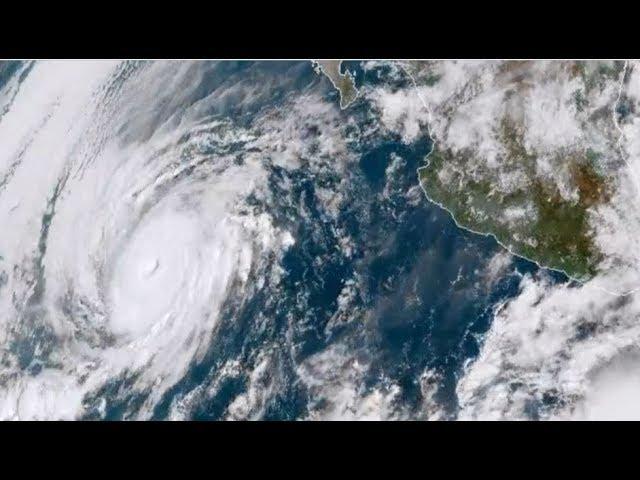

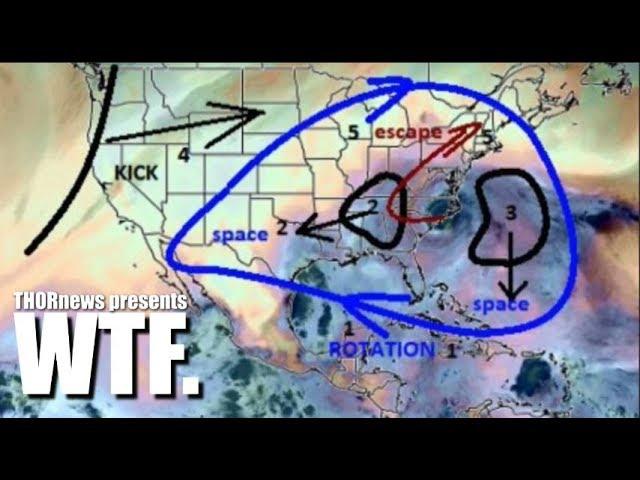
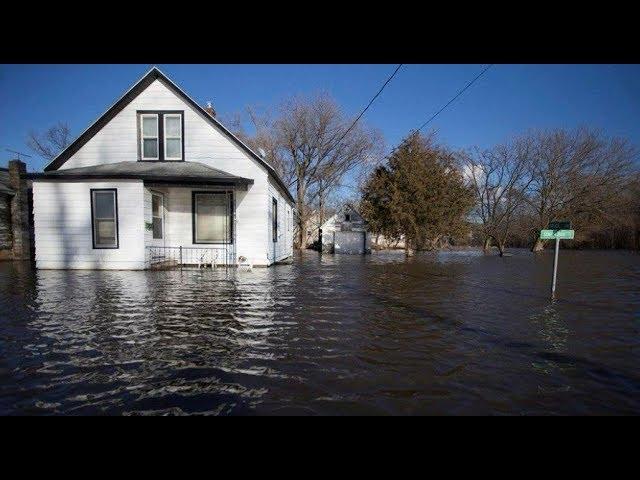
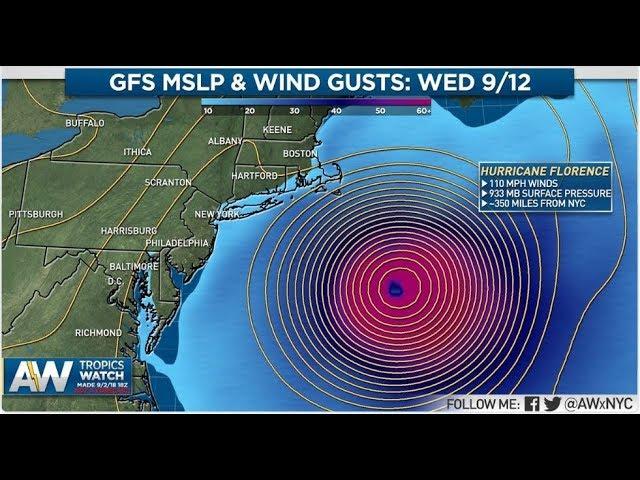
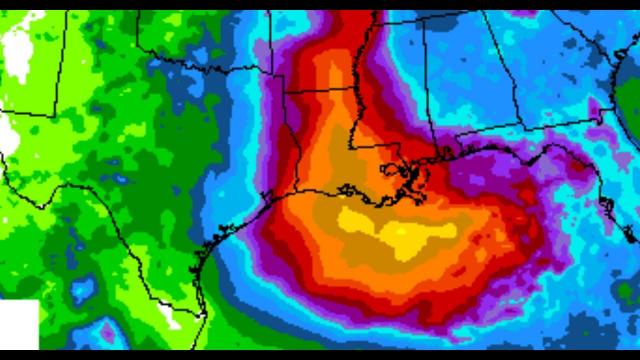
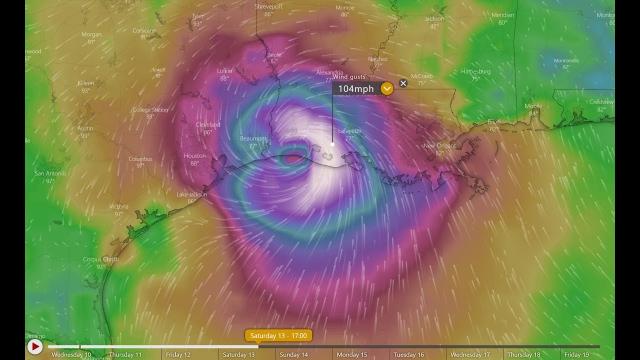







Comments